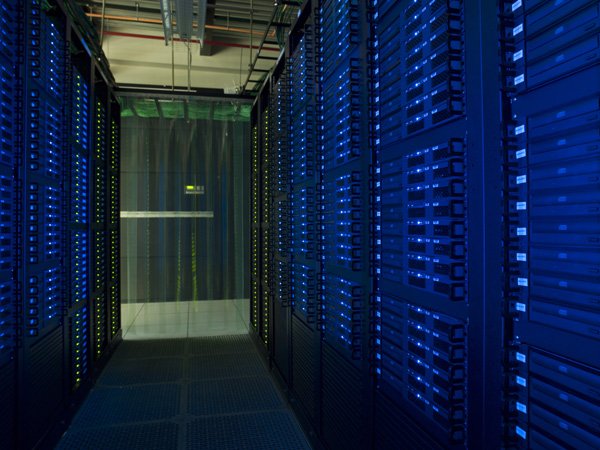Balancing Act: A.I.'s Impact on Water and Energy Consumption
By Brigitte Worstell, Environmental Studies ‘26
Data server (Image Credit: rawpixel.com).
It’s safe to say the majority of students have used Chat GPT at least once in their academic careers. Yet, have you ever considered that when you’re getting help drafting an email, explaining a math problem, or simplifying a complex passage, you might be unintentionally harming the environment? Despite Artificial Intelligence (A.I) solely existing in a virtual space, it creates tangible environmental consequences.
In an attempt to keep up with the increased use of generative A.I. platforms, large tech companies, such as Microsoft and Google have built extensive data centers. These data centers require a colossal amount of chilled water to cool down the equipment - some of which evaporates in the process, rendering reusage impossible. The Financial Times recently reported projections showing that A.I. demands about half the amount of water consumed by the entire United Kingdom in a year. This loss of freshwater is particularly damaging for data centers located in regions that are already facing water scarcity issues.
Quincy, a city in dry Eastern Washington, is home to a Microsoft data center. Despite its small population of 8,200, Quincy uses around 2.2 billion gallons of water from groundwater in a typical year. That’s the amount of water generally used by a city 4 times its size. In an attempt to alleviate the strain, Microsoft spent 10 years and millions of dollars building a water reuse facility. Although this is beneficial for the town of Quincy, there is an insufficient amount of time to construct these facilities near every data center before they create permanent damage to water resources.
High-performance data systems with inlets for water cooling systems (Image Credit: ECMWF on Flickr).
Another complication is that A.I. uses more energy than other forms of computing. Research completed here at the University of Washington tells us that the amount of power used to train ChatGPT-3 reportedly equals the daily energy consumption of about 33,000 U.S. households.
The International Energy Association predicts that A.I.'s energy use represented almost two percent of global energy demand in 2022 and that it could double by 2026. That’s the equivalent of the amount of electricity used in the entire country of Japan. As we enter a time where our natural resources must be optimized, a piece of technology should not get priority over humans for access to water and energy reserves.
Conversely, A.I. has the potential to create positive environmental change. Several A.I. programs are currently providing real-time analysis of CO2 atmospheric concentration, changes in glacier mass, and sea level rise.
The creation of A.I. presents us with a new ethical dilemma: are the possible social advantages of generative A.I. worth creating further environmental degradation?


